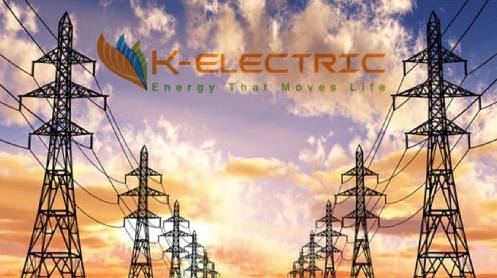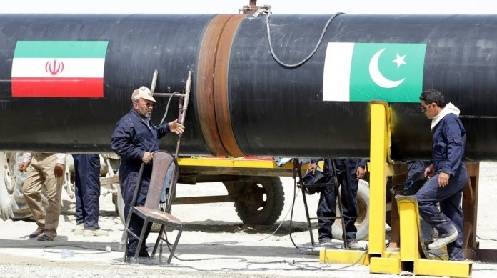Work has started on the world’s longest electricity interconnector – which will eventually help share cheap, clean energy between the UK and northern Europe.
National Grid’s Viking Link will stretch 475 miles from Bicker Fen, near Boston, in Lincolnshire, across the North Sea to Revsing in South Jutland, Denmark.
Because wind generation outputs in the UK and Denmark often happen at different times it means surplus electricity can be shared, helping the the UK’s journey to becoming net zero.
On top of that it will give Britain access to a low cost market which includes Sweden, Germany and Norway.
According to the UK Government it will also help put Lincolnshire at the centre of the UK’s post-Covid 19 economic recovery.
The £1.8 billion Viking Link project is a joint undertaking between National Grid Ventures, part of National Grid, and Danish electricity system owner and operator Energinet.
Siemens Energy will build the UK and Denmark converter stations and work on a new access road to the UK end is now underway.
It will take nine months to complete and then major construction equipment will be able to start work on the converter station, which should be finished in 2023.
Minister for Energy and Clean Growth, Kwasi Kwarteng, said: “This major construction project will put Lincolnshire firmly at the heart of our economic recovery.
“Not only will this scheme create local green-collar jobs across the county, but it will also bolster our energy security, reduce bills for consumers, and give our home-grown renewable generators a greater chance to export zero-carbon electricity around the world.”
Mike Elmer, Viking Link project director for National Grid Ventures said: “We’ve already completed the initial groundwork with archeological and ecological surveys as well as water works studies, however this is a key construction milestone for the project.
“Viking Link will play a vital role in helping to decarbonise the UK’s power supply on the journey to a net zero carbon energy system.
“It will enable access to a cleaner greener supply of electricity, which will make energy more secure and affordable for consumers.”
Roy Tonge, Siemens Energy HVDC Operations Manager, said: “Our proven track record for completing projects of this type, not only in the UK but also around the world, will ensure we construct the Viking Link project to the highest standards, with a particular focus on the latest sustainability and low carbon construction techniques.
“As with all our projects we will continually have an eye on health and safety standards not only within the confines of the construction site, but also ensuring the surrounding community are kept informed and safe at all times.”
Boston and Skegness MP Matt Warman said: “Reducing carbon emissions is one of the biggest challenges facing our world, and interconnectors play a critical role in the UK’s transition to clean energy resources.
It is great to hear that this project will create employment opportunities to the local community and look to procure products and services from local companies throughout the project.”
Once completed by the end of 2023, the subsea electricity cable will have the capacity to supply renewable energy to power 1.5 million UK homes.
By 2030, 90 per cent of electricity imported via National Grid’s interconnectors will be from zero carbon sources.
It is great to hear that this project will create employment opportunities to the local community and look to procure products and services from local companies throughout the project.”
Once completed by the end of 2023, the subsea electricity cable will have the capacity to supply renewable energy to power 1.5 million UK homes.
By 2030, 90 per cent of electricity imported via National Grid’s interconnectors will be from zero carbon sources.





